Blog
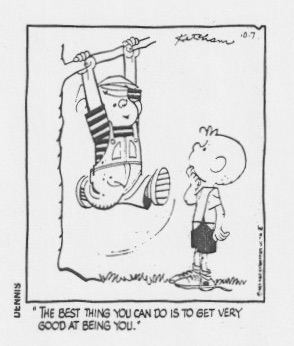
April 17, 2022
Back in the 80s & 90s, when I officed in a high-rise on Turtle Creek Boulevard and had an actual waiting room, I put a framed cartoon on the coffee service credenza. I had forgotten about that cartoon until this week when a returning client who had first seen me in that office reminded me of it. Back then I thought that cartoon encapsulated my Jungian therapy philosophy. It did and still does.
"The best thing you can do is get very good at being you." Dennis the Menace
"The privilege of a lifetime is to become who you truly are." C.G. Jung
"You do You!" popular culture
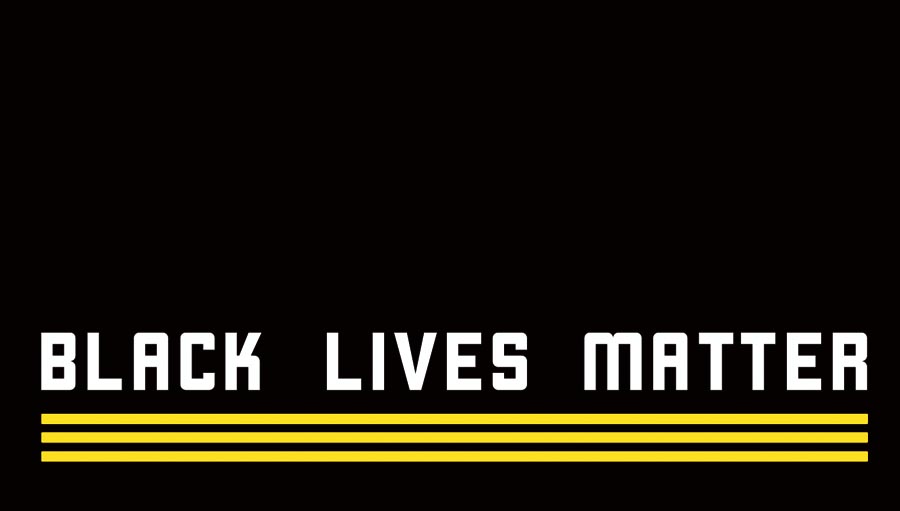
January 15, 2021
"Everything we see is a shadow cast by that which we do not see."
Martin Luther King, Jr.
"The best political, social, and spiritual work we can do is to withdraw the projection of our shadow onto others."
C.G. Jung
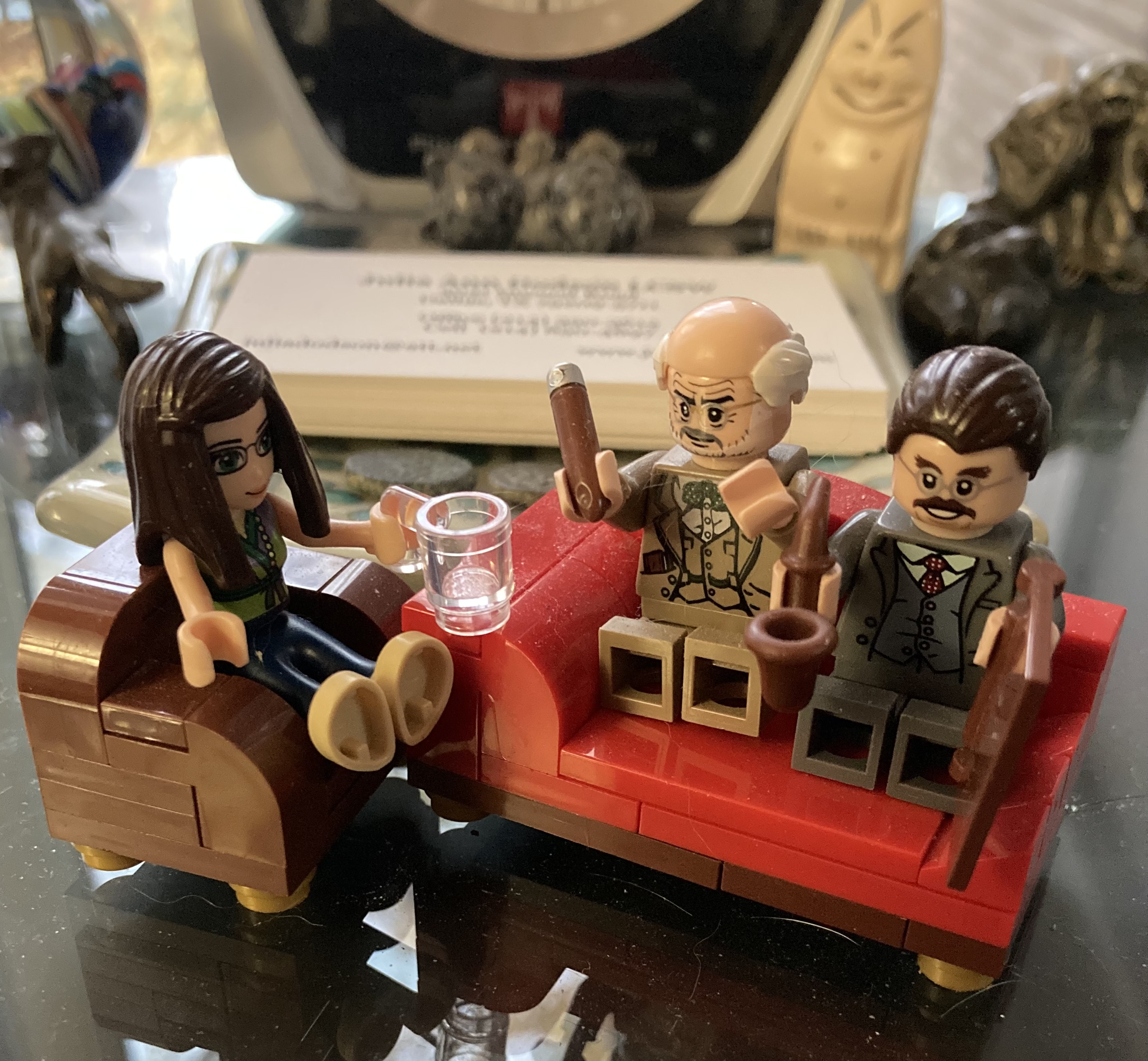
November 9, 2020
What a Therapist Does During Covid
Lego Freud and Lego Jung working out their differences in therapy with Lego Julia, i.e., Julia integrating her
Freudian background with her Jungian training.

June 30,2020
One Hundred Daffodils:
Finding Beauty, Grace, and Meaning When Things Fall Apart
by Rebecca Winn
This following is my review on Amazon of Rebecca Winn’s wonderful book. I cannot recommend it highly enough!
This is not a voice we have heard before.
Rebecca Winn tells the story of her recovery from loss in a tone that is casual and comfortingly conversational yet stunningly eloquent and authentic. Winn’s description of working through loss updates the less than helpful and unproven “stages of grief” from decades ago. Grief does not take place in neat simplistic prescribed phases. Grief is messy and painfully circumambulates for as long as it takes. This book will be very helpful to people struggling with their feelings from a devastating loss.
As a Jungian psychotherapist, I am also impressed with Winn’s deep understanding of analytical psychology. Her magnificent metaphoric description of shadow in the chapter Dark Luna took my breath away. Her book is filled with subtle insights from a Jungian perspective that reflect how her independent study of Jung has been integrated into her life.
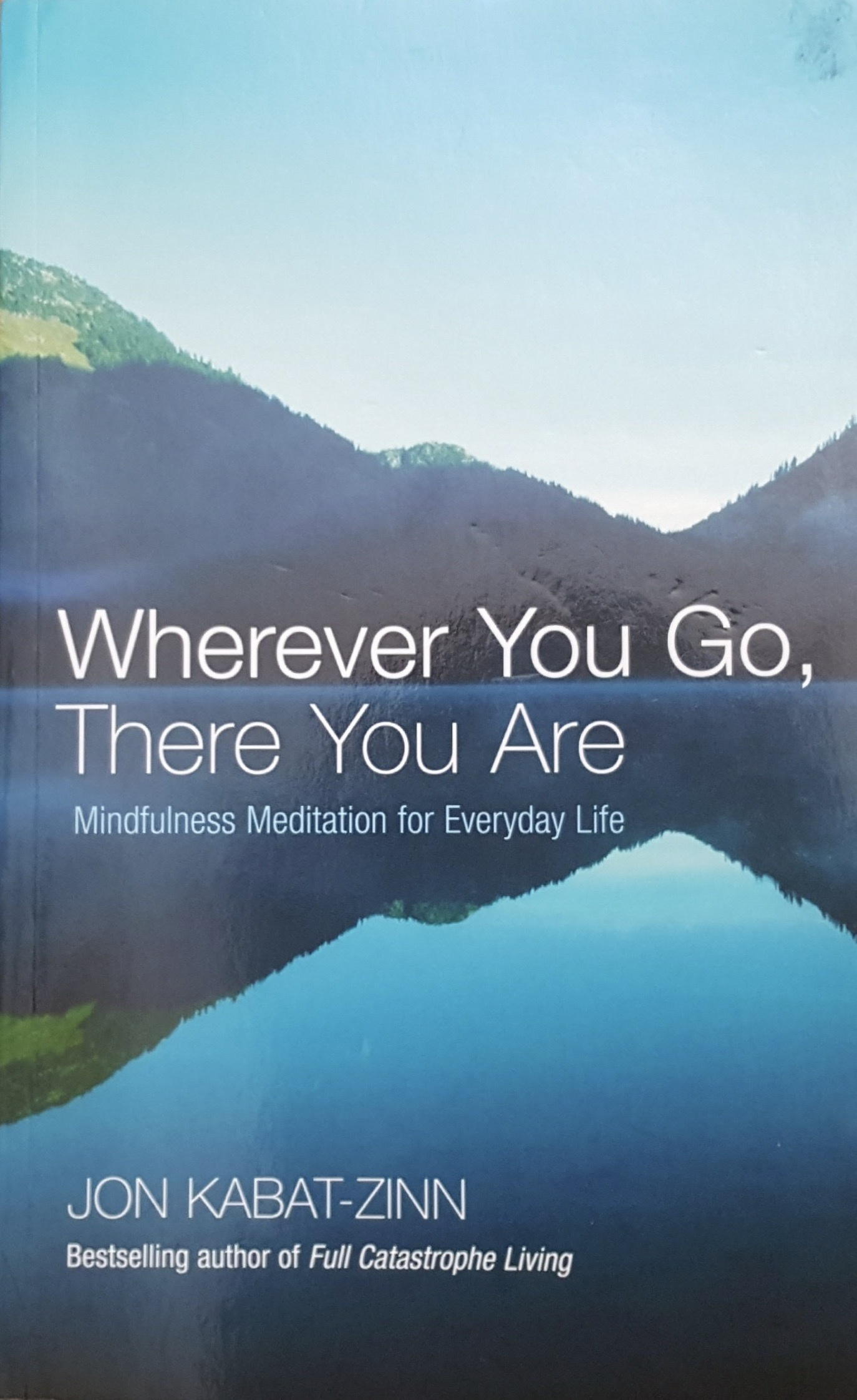
April 1, 2020
Zen Hand Washing
Singing Happy Birthday twice, or Twinkle, Twinkle Little Star, just doesn’t do it for me! I even find it slightly irritating. But yesterday I discovered what I actually like doing while washing my hands for 20 seconds – meditating.
I started my meditation journey doing Transcendental Meditation, you know, along with the Beatles, et al. But I never liked the “sound” of my mantra; it actually grated on me, but I could not get an authorized substitute mantra from the TM Center here in Dallas.
Then 20 years ago I read Wherever You Go, There You Are by Jon Kabat-Zinn in which he teaches a very simple Zen meditation: counting your exhalations from 1 to 10 again and again. Adopting his method, I applied the helpful things I learned from TM and so instead of TM AM & PM, I did MM (Mindfulness Meditation) AM & PM. This is the meditation method that has worked well for me for many years.
So yesterday I found myself counting my exhalations 1 to 10 while washing my hands and even though that lasts well over 20 seconds, the time evaporated. I found myself actually feeling the soap get silkier and silkier as it slid over and under my hands and between my fingers. I wanted to feel that over every cell. Putting my hands under the faucet to rinse, I felt a little sad that the hand washing time was up. Yesterday I washed my hands gladly many more times than I had been.
Wouldn’t this time of isolation be a great time to get a little more Zen? I can’t think of a better introduction than Jon Kabat-Zinn.
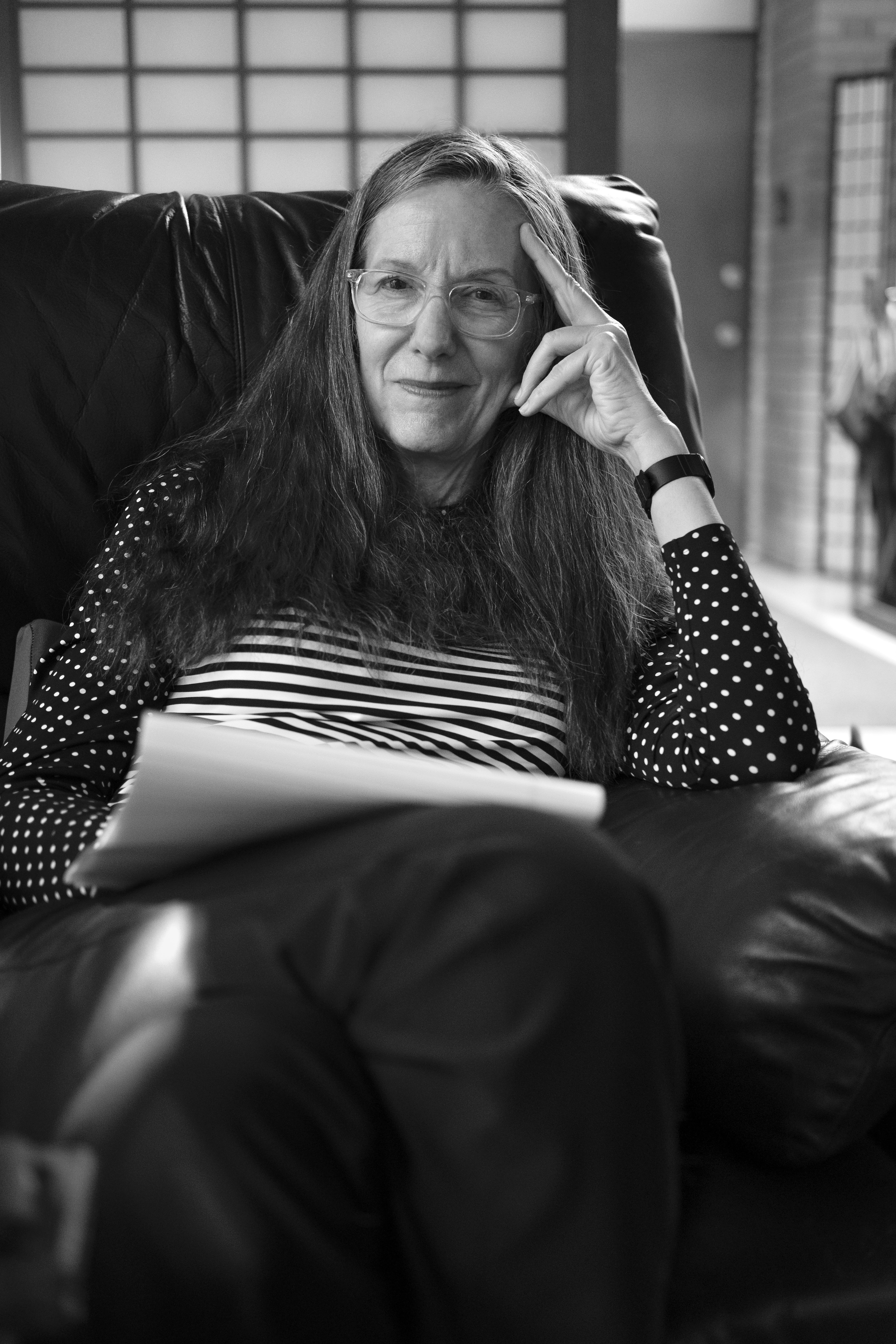
March 20, 2020
Staying Safe
For now, to keep everyone as safe as possible, we will do telephone or live-stream sessions only. FaceTime and Google Duo are both encrypted and private.
Pick a "therapy chair" at home that is comfortable and private, possibly even in your (parked) vehicle if necessary. Just like when you come to my office, at the time of your appointment, I will greet you but now with a phone call. While seated, imagine me sitting across from you as I am during your in-person session. On this end, I will be sitting in the chair you usually see me in and I will imagine you sitting across from me. This can create a meditative imaginative space between us that helps the process.
This may seem awkward at first, but teletherapy has been around for years and works.
Stay safe and stay well.
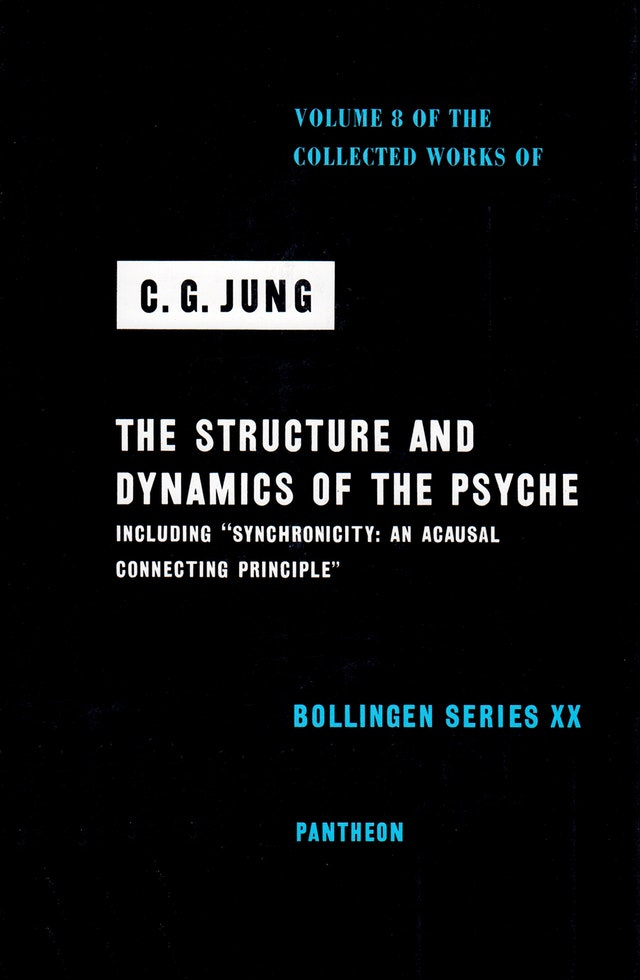
December 03, 2019
What is Jungian Psychotherapy?
People ask me: What is Jungian psychotherapy? Does it matter if I know anything about Jungian psychology to benefit from it? How does it differ from other kinds of therapy?
Jungian psychotherapy is simply therapy by a practitioner who has studied and ascribes to ideas from Carl Jung's analytical psychology. It is a theoretical orientation used to understand human nature and behavior and a model for assessing and interacting with clients.
Every therapist has a theoretical orientation that affects how she thinks about and behaves with clients. As with other therapies, for the Jungian, the theoretical orientation is the backdrop of the work and is seldom overtly evident in a session. The client need not understand Jung nor his psychology to benefit.
In Jungian analysis and psychotherapy, the therapist and client sit across from each other and engage in dialogue about the client's concerns in order to relieve suffering and promote wholeness. The Jungian therapist uses the same listening skills and empathy as therapists with other orientations.
How Jungian psychotherapy as I practice it differs most apparently from other modes of therapy is my use of the concepts of complex and shadow to help clients understand some of their troubling feelings, thoughts and/or behaviors. It also differs from other depth treatments, like Freudian psychoanalysis, if the client is interested in their dreams because Jung's and Freud's ideas about the unconscious differ significantly.
Because Jungian depth psychology is of great interest to me and because some prospective clients specifically are looking for a therapist with a Jungian orientation, I have it prominently displayed on this website. But I am also aware that most clients are not interested in these theoretical matters nor need they be.
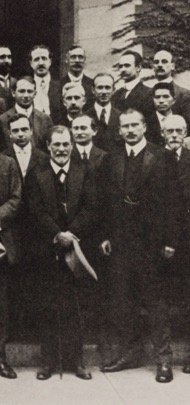
December 24, 2011
Review of David Cronenberg’s film A Dangerous Method
A Dangerous Method stars Michael Fassbender as Carl Jung, Viggo Mortensen as Sigmund Freud and Keira Knightley as Sabrina Spielrein. It is based on Christopher Hampton's play The Talking Cure which came out in 2003, ten years after the 1993 publication of John Kerr's A Most Dangerous Method: The Story Of Jung, Freud, And Sabina Spielrein.
The following is from the dust jacket blurb of Kerr's 600 page scholarly melodrama: "A work of meticulous scholarship, a humane and engrossing narrative, A Most Dangerous Method brilliantly chronicles the early years of psychoanalysis and reveals the sexual politics entwined with its founding." And does it ever! I loved it when it first came out and ended up buying three hardcover copies: one for myself, one to lend, and one for my friend in Vienna.
After reading Kerr's book and The Freud/Jung Letters edited by William McGuire, I prepared a lecture entitled "Freud and Jung: On the Royal Road to the Unconscious." I have always been fascinated by Freud's and Jung's relationship and couldn't wait to see how it was portrayed on the silver screen!
The first day the movie played in Dallas, December 23, 2011, I was the first person at the Angelika for the first showing of A Dangerous Method. When the lights went down, the opening credits were tastefully presented on a background of oversized black ink script bleeding onto white paper, beautifully alluding to the correspondence between the principals, the only reliable source we have for understanding the actual relationships. It was a promising beginning.
But then we were tossed into a ridiculous opening scene of Keira Knightley playing an hysterical Sabina Spielrein and rather poorly imho. Between the choppy editing, Knightley’s over-the-top Spielrein, and Michael Fassbender’s overly restrained Jung, A Dangerous Method was a disappointment.
(Prior to release, I had wondered about Michael Fassbender being physically too small for the role. Fassbender and Mortensen are about the same height. In reality, Freud (1856-1939) was 5'7" tall, and 20 years older than Jung (1875-1961) who was a robust 6'1" tall. In the photo, taken at Clark University, Jung even towers over men on the step behind him - Freud is to Jung's right on the front row. These size and age differences were not insignificant to their relationship and the complementary complexes that drew them together and then blew them apart. My fear about Fassbender being “too small” turned out to be a harbinger of his performance, not his physique.)
However, Viggo Mortensen’s Freud was superb! Mortensen’s nuanced performance gives the only hint to the title, A Dangerous Method. The film follows Christopher Hampton’s play, The Talking Cure, quite well and I think that should have been the title. I certainly didn’t get the sense of “danger” in his play or this movie as I did in reading either The Freud/Jung Letters or John’s Kerr’s A Most Dangerous Method.
Vincent Cassel as Otto Gross and Sarah Gadon as Emma Jung gave wonderful performances as well. And the film pretty much was historically accurate, as far as we know, except maybe that shout out to the BDSM crowd from the sex scenes. Really?! Was that absolutely necessary? I would have easily traded those scenes for a little more intellectual stimulation.
My recommendation for those casually interested in Freud and Jung’s relationship is to read Hampton’s The Talking Cure. If that whets your appetite, move on to The Freud/Jung Letters and then Kerr’s A Most Dangerous Method. There is also a very interesting 2002 Danish documentary My Name Was Sabina Spielrein which covers the same subject.
 A Dangerous Method DVD on Amazon
A Dangerous Method DVD on Amazon
 My Name Was Sabina Spielrein DVD on Amazon
My Name Was Sabina Spielrein DVD on Amazon
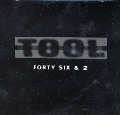
August 21, 2011
Forty Six & 2 by Tool
Someone sent me a YouTube video this week knowing it would grab my attention. It is an upload of Tool's Forty Six & 2, and begins with a very concise description of shadow:
"The Shadow is an unconscious complex that is defined as the repressed and suppressed aspects of the conscious self."
"There are constructive and destructive types of Shadow."
"Carl Jung emphasized the importance of being aware of shadow material and incorporating it into conscious awareness lest one project these attributes onto others."
(Perhaps it is more accurate to say there are constructive and destructive facets of Shadow rather than types of Shadow, but I quibble.)
I have long thought that Jung’s two theoretical concepts of Complex and Shadow to be the most important ideas in psychology for understanding the workings of the human psyche and the most important ideas in psychotherapy for healing human suffering.
Nicely done, Tool!
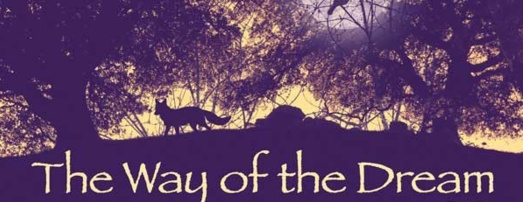
July 13, 2010
How much is a good night's sleep worth?
Jungian educational institutes have always had access to this remarkable film series and from time to time a flyer will announce a weekend somewhere in the world where the series will be shown. The last weekend I heard about was this past January at Pacifica in Santa Barbara, but I decided to forego the $370 for general admission to the films, plus flights, hotels, meals.
But I've always wanted to see the series again and since the 1980s have been looking for a set of the elusive VHS tapes. Years ago I got a lead from the program director at KERA, Dallas' PBS television station, but the lead didn't pan out. Every few years I am compelled to search for the series again.
So last night, the spirit moved me yet again to Google "way of the dream." That search always first turns up the book of the same name that Fraser Boa wrote after his films came out. But on the fourth page of the Google search an eBay entry showed up that didn't look quite right. Click.
A book seller in northern California had an auction listed as "JUNGIAN DREAM INTERPRETATION Carl Jung psychology DVD" but he had listed it in the nonfiction book category. He was asking $200 or best offer. This is the 2008 DVD set of The Way of the Dream with new introductions and epilogues by renowned Canadian Jungian analyst Marion Woodman, Fraser Boa's sister.
Always looking for a bargain on eBay, I made an offer of $100 before retiring for the evening. What is wrong with me?!!! This is the first time in 25 years that I have ever seen the series for sale and on DVD not some degraded VHS copy. What if some other The Way of the Dream stalker happened upon my trove in the middle of the night?!!!
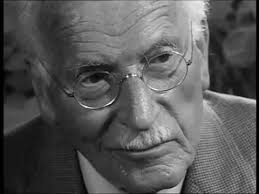
June 11, 2010
String of Pearls
A friend asked me this week to recommend a book that would give him a basic understanding of Jung.
I can't tell you how many times over the years I've been asked that by friends, colleagues, clients, and it has always stymied me. Each time, after agonizing to come up with something that I thought would be particularly helpful to the individual asking, I have almost always defaulted to Memories, Dreams, Reflections, Jung's autobiography, extensively edited by Aniela Jaffe.
With all the publicity now about the Red Book, I anticipate that some readers new to Jung will view taking on that opus as the road to understanding the great man and his ideas. Trust me, that is not the place to start. But by all means, buy the Red Book, if only for its value as a work of art, because it is indeed that. Or buy it for the coffee table to impress your friends and scare your in-laws. But as an introduction to Jungian thought? I don’t think so.
Other than studying Jung's own writings, my typical reading of some non-fiction book somehow related to the field of psychology looks like: "...blah blah blah... pearl... blah blah blah... pearl... blah blah blah..." For me, the value of a book is directly proportional to the pearls I can gather. Books that I value may have an abundance of sweet little seed pearls or just one perfectly formed 12 mm Mikimoto. And this is how I would recommend you start your biblio relationship with Jung. Read Jung for the pearls.
And do read Jung himself not just the pre-digested versions. I think his most accessible book for the general public is still The Undiscovered Self, published in 1957. I also like the classic, Modern Man in Search of a Soul, published in 1933. Self is more philosophical whereas Soul is more theoretical. Both are excellent although somewhat dated.
Then read books written by Jungian analysts. I think Murray Stein writes with clarity and really knows his Jungian stuff. His Jung's Map of the Soul, published in 1998, is the best summary of Jung's theory that I have read to date. I've heard Murray speak many times over the years, including his 6 hours of lectures this year about the Red Book, and I have tremendous respect for him.
Also, there are myriad books available that try to summarize Jungian psychology for the practicing professional and intellectually curious non-professional, and after reviewing the dozen or so of them on my bookshelf, my favorite is still A Primer of Jungian Psychology by the great psychologist Calvin S. Hall, published in 1973.
Then there are what I would call the specialty Jungian books and authors. Liberal clergy have always been drawn to Jung and many Jungian analysts are ordained priests, rabbis and ministers. For the Christian interested in Jung, I highly recommend books by John A. Sanford, like The Kingdom Within: The Inner Meaning of Jesus' Sayings, published in 1970.
For those of us who are drawn to Eastern thought, my personal favorite is Jean Shinoda Bolen's The Tao of Psychology: Synchronicity and the Self, published in 1979. (Several years ago, Jean was on a book tour to promote her latest work and did a public lecture at Richland College. I went to the event carrying my yellowed paperback copy of The Tao of Psychology and when the lecture was over I asked her to autograph it telling her truthfully that it was to a great extent responsible for me pursuing Jungian analytic training.)
At some point you may decide you want to tackle an essay from the Collected Works of C.G. Jung. During my four years of analytic training, 1989-1993, we had four classes each term, one of which was the History and Development of Analytical Psychology, and was in effect reading the Collected Works from start to finish. That one class alone was worth the cost of admission to the institute.
The Collected Works, however, is not an easy read; often initially incomprehensible, but always fascinating and sometimes transforming. Thus on your pearl gathering adventure, be prepared when advancing into the Collected Works for being buried in a pearl-ball filled Jungian bounce house!
But this afternoon when I talk with my friend again, I think I'll recommend he pick up a copy of Memories, Dreams, Reflections. I think it's time for me to re-read it also.
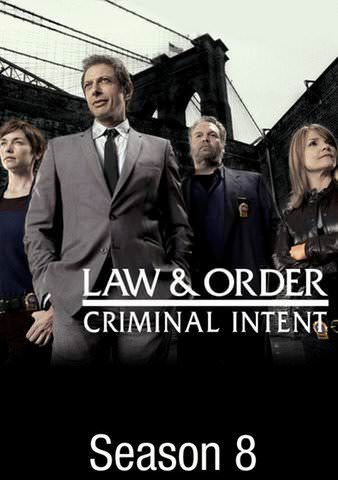
June 9, 2010
Law and Order: Criminal Intent: Red Book Episode
The story began in a college psychology class with the professor asking about Jung's concept of the Shadow. The soon-to-be homicide victim's reply further piqued my interest:
Professor: "That man cannot tolerate a meaningless existence was central to Jung's understanding. But how does that relate to Jung's Shadow theory?..."
Sarah: "We all have a Shadow side and Jung felt unless it's embodied in our conscious life, the more dangerous it is."
"This is the Red Book by Carl Jung; the newly published edition. The Red Book was for half a century only pirated. It reigned as the most influential unpublished book in the history of psychology. [Why didn't Jung want it published?] Well, it recorded his own confrontation with his unconscious. Thoughts and visions so weird, they frightened him. He thought everybody should have a red book. All disturbing thoughts written down and filed away."
What made me uneasy while watching the show was the implication that "embracing one's Shadow" meant a license to act out all manner of dark and menacing aspects of the psyche. It worried me that viewers of the show might not recognize this as a perversion of Jung's theory.
Jung's concept of integrating the Shadow concerns the individual accessing the wholeness of their personality - growing by integrating the positive attributes found in the Shadow, and, equally important, recognizing and thereby containing the negative attributes of the Shadow.